The application of 3D foot scanning technology, particularly in retail settings such as shoe stores, represents a significant step toward digitalization and intelligent service in the retail industry. By leveraging advanced 3D imaging technology, this method precisely measures the shape and structure of consumers' feet, providing scientific support for selecting, customizing, and optimizing footwear. This discussion explores the significance of 3D foot scanning in shoe stores from the perspectives of consumer experience, retail efficiency, and industry development.
Enhancing the Consumer Shopping Experience
3D foot scanning technology allows consumers to enjoy more personalized and professional services in shoe stores. Traditional footwear shopping often relies on subjective judgments about shoe size and comfort, leading to potential discomfort even after multiple fittings. By capturing key parameters such as foot length, width, and height, 3D scanning can recommend footwear that better matches the consumer's unique foot characteristics, significantly improving convenience and satisfaction.
Additionally, the 3D scan results visually display foot shape characteristics, helping consumers understand their specific needs, such as the requirement for extra arch support or adjustments in width. This transparent service approach builds trust in the products and fosters brand loyalty among consumers.
Advancing Personalized Customization Services
As consumer demand for personalized products grows, 3D foot scanning technology provides technical support for footwear customization. Based on the scan data, shoe stores can offer tailored footwear that precisely fits the consumer's feet, with adjustments from material selection to structural design. This not only caters to the needs of individuals with specific foot shapes (e.g., high arches or flat feet) but also provides more options for customers seeking unique designs.
The efficiency and accuracy of footwear customization have greatly improved with this technology. Unlike traditional manual measurements, the automated and high-precision features of 3D scanning significantly shorten the customization cycle and reduce costs associated with measurement errors and rework.
Improving Retail Efficiency and Inventory Management
3D foot scanning technology also optimizes inventory management and sales strategies in shoe stores through data-driven insights. Aggregated scan data can reveal trends in foot shape distribution among consumers, such as the proportions of specific shoe sizes or foot shapes in a particular region, providing scientific support for precise stock preparation.
For instance, foot shape data can indicate peak demand periods for specific sizes or consumer preferences for certain shoe styles, enabling stores to allocate resources effectively and avoid overstocking or shortages. Additionally, precise recommendations reduce the time consumers spend trying on shoes, enhancing service efficiency—an advantage particularly evident during high-traffic periods.
Driving the Digital Transformation of the Footwear Industry
The integration of 3D foot scanning technology in shoe stores exemplifies the digital transformation of the footwear retail industry. While traditional stores focus primarily on physical product sales, the introduction of 3D scanning enables data-driven services. By combining scan data with consumers’ purchase histories, stores can establish long-term foot health records for their customers. This not only enhances the professionalism of the service but also lays a foundation for repeat sales and membership retention.
Moreover, the application of digital technology supports product development and market expansion for footwear brands. Aggregated foot data provides designers with real user samples to create products that better meet market demands. Simultaneously, analytical insights can guide marketing strategies, helping brands more accurately target their consumer base.
Social Benefits and Sustainability
The widespread adoption of 3D foot scanning technology also delivers societal benefits. By reducing the return and exchange rates for ill-fitting footwear, the technology helps minimize resource waste and environmental impact. Additionally, its emphasis on precision and personalization promotes a shift in consumer culture from "standardization" to "human-centric" design, contributing to improved consumer well-being and healthier industry development.
The application of 3D foot scanning technology in shoe stores not only provides consumers with a superior shopping experience but also improves retail efficiency and drives the digital evolution of the footwear industry. The widespread adoption of this technology will lead the retail sector from traditional sales models to data-driven service models, unlocking new possibilities for personalized consumption and intelligent retail. In the future, as this technology matures and becomes more widespread, its immense potential will be realized across a broader range of applications.

 +86-0755-86131192
+86-0755-86131192 2025-01-17
2025-01-17 Back to list
Back to list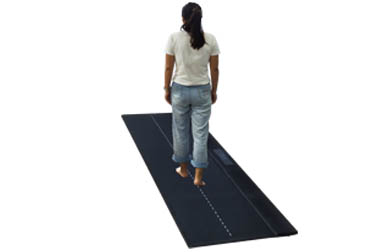
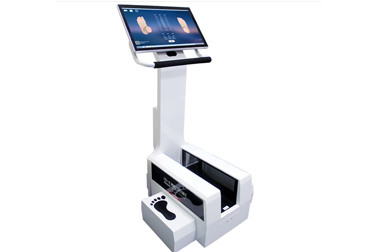
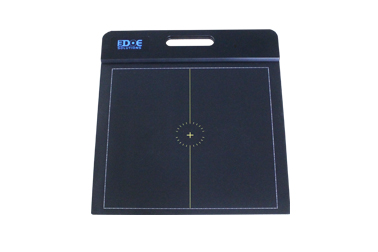
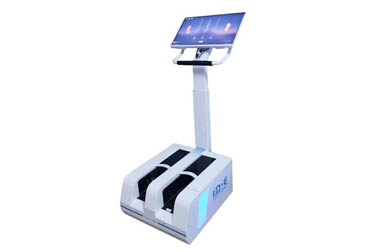
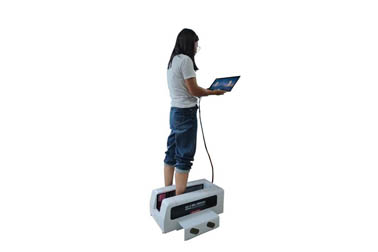



 +86-0755-86131192
+86-0755-86131192